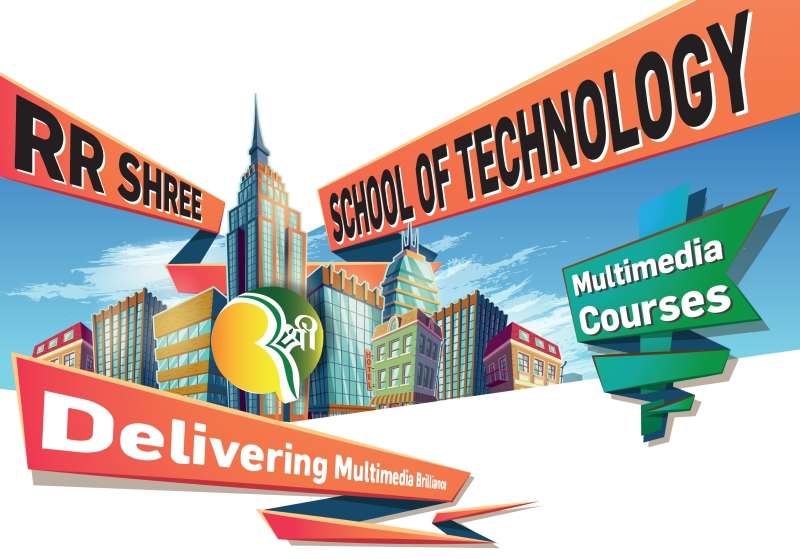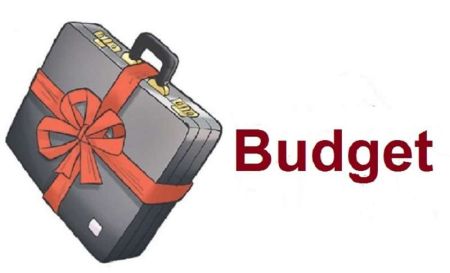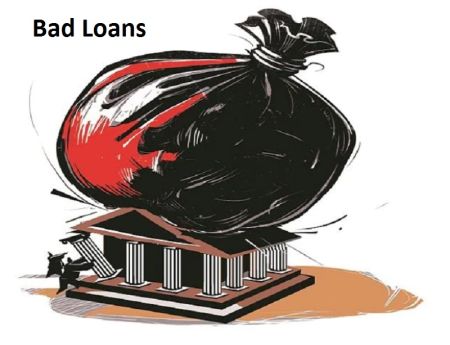This new multimedia institute aims to excel by providing technical education and services in multimedia and animation.
 Shreejana KC, CEO
Shreejana KC, CEO
RR Shree School of Technology
--By MUNA SUNWAR
Shreejana KC, an IT enthusiast and a student of multimedia was working in an animation studio when the idea of starting an organisation that doubles as an academy and a studio crossed her mind. The establishment of RR Shree School of Technology is an attempt to reconcile with the demand for animation and digital content KC saw in the Nepali market. The school started operating from January 2018, specialising in 3D animations, visual effects, movie editing, graphic design in multimedia courses and works. “We had the team and the resources. After identifying the market, we finally started the organisation,” says Shreejana KC, CEO at RR Shree School of Technology.
Multimedia as a Vocation
Multimedia follows standard methods of managing media and the contents are a computer-controlled integration of texts and images- still and moving. A multimedia course is a comparatively new field of education in Nepal because of which there are only a few training centres that offer this specific course. According to KC, the sector is competitive but the academies running such courses are collaboratively moving ahead for its development. RR Shree has taken both the animation academy and the studio in a parallel manner. While the academy focuses on imparting multimedia education to the students, the studio handles projects. “The main objective of RR Shree’s operation is to produce skilled manpower that can also pursue their professional career as trainers in the future,” explains KC. The graduates from the academy can get internship opportunities in the studio.
Currently, manpower that can develop concepts, content, make stories and edit content are in demand. Fields such as media- both print and electronic, film industry, corporate houses, consultants and firms that establish brand strategy are in need of manpower that understands the digital content.
Delivering Brilliance
RR Shree School of Technology is Nepal’s first and only Autodesk authorised training centre. The organisation is operating with the motto of “Delivering Brilliance!” Established with an investment of Rs 15 million, the organisation comprises of a studio, an administrative block, a counselling department and a student’s block. Profit is important for any company but at the moment KC and her team is focusing more on the service they want to deliver in the Nepali digital market. “We are more inclined to the development of a sense of ownership among our team,” she shares.
Team
The organisation has employed 22 members of staff. Five employees handle the administration of the company and the rest handle technical works. “We call the technical staff, artists. They are deployed under different categories according to their expertise,” says KC. The categorisation consists of concept artists, visual effect artists, motion graphics artists and character artists. Using Autodesk products in any training centre requires the trainers to be licensed. “Autodesk has the provision for training people to make them eligible as instructors,” she informs. Certified academic trainers under a different faculty conduct the courses. Most of the visual effects (VFX) artists in RR Shree studios are trainers.
Courses
The organisation uses four products, namely Maya, AutoCAD, 3Ds Max and Mudbox to train its students and to work on projects. They have launched five diploma courses: diploma in 3D animation, diploma in visual effects, diploma in game design and development, diploma in 3D Architectural design visualisation and a diploma in digital marketing. The academy offers a three months intensive foundation course in digital media for beginners.
The students can then choose the field they want to pursue. The diploma courses are an advanced specialisation of the three-month courses and can last for two years. The school charges Rs 18,000 to Rs 25,000 for a 45-days course and if students want to pursue the diploma courses, the fees range from Rs 45,000 to Rs 210,000 depending on the type of course. The fee structure is designed according to the course type and the period for course completion. “The fees are affordable given the infrastructure and qualified faculty,” says KC. 10 students can enrol in each course with the exception of digital marketing and AutoCAD; 15 students can be admitted here.
“A total of 22 fresh SEE graduates have completed short courses related to gaming and YouTube,” she informs adding people interested in VFX and animation have approached them. After being an Autodesk authorised training centre, the school has recently opened admission for certain courses.

Clientele
The company has been catering its local and international clients through its technical assistance. RR Shree Studio has a presence in the local market in fields such as TV commercials (TVC), production and post-production of advertising agencies, documentaries, motion graphics, movie editing, adding visual effects in films. It has also maintained its presence in the international market through its visual effects (VFX) services.
RR Shree’s clientele belongs to the organisations from educational and entertainment sectors and fast-moving consumer goods (FMCG) companies. Pointing out the possible space for animation and digital content in the educational sector Shreejana says, “Pre-schools can use digital visual content while teaching and digital curriculum can be prepared for the students.” The organisation designs advertisements and content for social media sites, web series, e-magazines and e-commerce based companies.
Scope
The trend of representing information or content in digital form is growing. Multimedia professionals provide the creativity and concept development of the companies wanting to bring their products or services to the market. The team is satisfied with the execution of their yearly plans for the organisation. KC says the company is catching up with the expected growth rate. She claims the organisation has passed the preliminary phase, completed overviewing and identifying its market and clients and has its curriculum and resources developed. “Animation studios like Dreamworks and Pixar have a vast global market. It would be great if we could groom our company to take it to the level of such successful animation studios,” shares Shreejana. She adds organisations like RR Shree can flourish if they can extend services to the Nepali film industry and the people who are interested in developing animated series in Nepal.
Challenges
Nepali universities do not recognise animation as an academic course. Multimedia is only included as a subject in one of the semesters of the IT faculty. The course covers theoretical aspects but for practical learning, engagement in the studio and the production of content is crucial. Lack of experts in the field poses problems in the operation of such studios. “We have clients but lack sufficient manpower in the studio, which hampers productivity,” expresses KC.
Even though students are enthusiastic regarding the courses such organisations offer, lack of recognition makes them think twice. The size of the market hampers the employment prospects of animators and VFX artists. “They will be forced to choose alternative jobs if there is no demand for the service they can provide,” she states. Most of the Nepali animation studios depend on outsourcing their services and are limited to TV commercials, motion graphics and advertising in the national market. Besides making such organisations dependent, outsourcing has a positive aspect too. The academies can use their resource in the projects they outsource. “Animation graduates can utilise their theoretical knowledge in practical projects educating them of the global trends in the digital world,” she clarifies.
Looking Ahead
The VFX artists and animators of Nepal can improve their skills if they get the right platform to develop them. To bolster the number of IT professionals, RR Shree is planning to open its branch academies outside the valley. “We are planning to open wing institutions of RR Shree in Bhaktapur and Lalitpur,” she says, adding the organisation’s focus on identifying the spaces their students can have professional exposure in will be intensified. “We are prepared to incorporate anything new related to IT in our operation and execution,” she shares.






















